Throughout history, certain events have dramatically reshaped societies and influenced the way the world functions today. From revolutions that challenged the status quo to technological breakthroughs that transformed economies, these moments laid the foundation for the modern world. Understanding these key historical milestones helps us grasp how we arrived at our present global landscape. The following events highlight major turning points, each contributing in its unique way to the political, social, and economic realities we now experience. By examining these crucial moments, we can appreciate the lasting impact they continue to have on our lives today.
The Fall of the Roman Empire (476 AD)
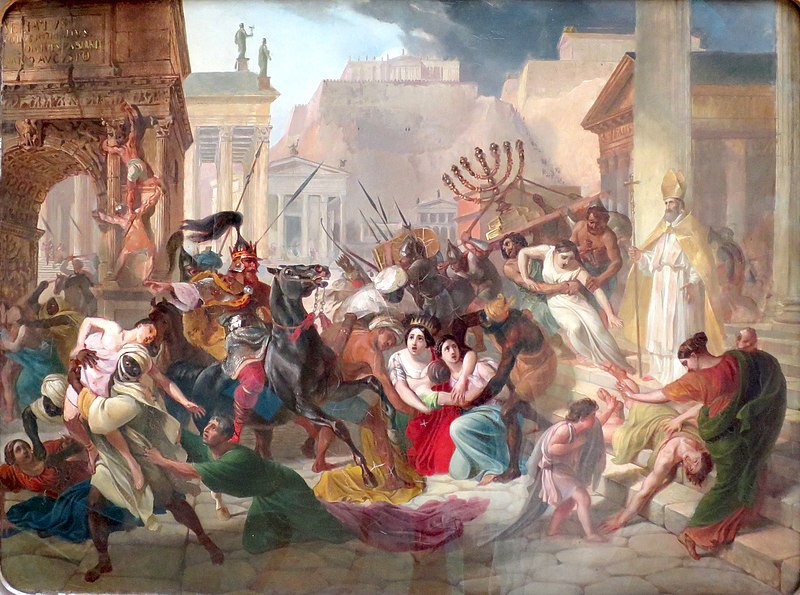
The collapse of the Roman Empire marked the end of ancient civilization and the beginning of the Middle Ages. Rome’s fall was not sudden but a gradual decline due to internal strife, economic instability, and external invasions. Germanic tribes, particularly the Visigoths, sacked Rome in 410 AD, a pivotal blow. This event fractured Europe into smaller kingdoms and decentralized power. Feudalism soon emerged, drastically reshaping societal structure across the continent. The remnants of Roman law and governance, however, continued to influence future European political thought.
The Signing of the Magna Carta (1215)
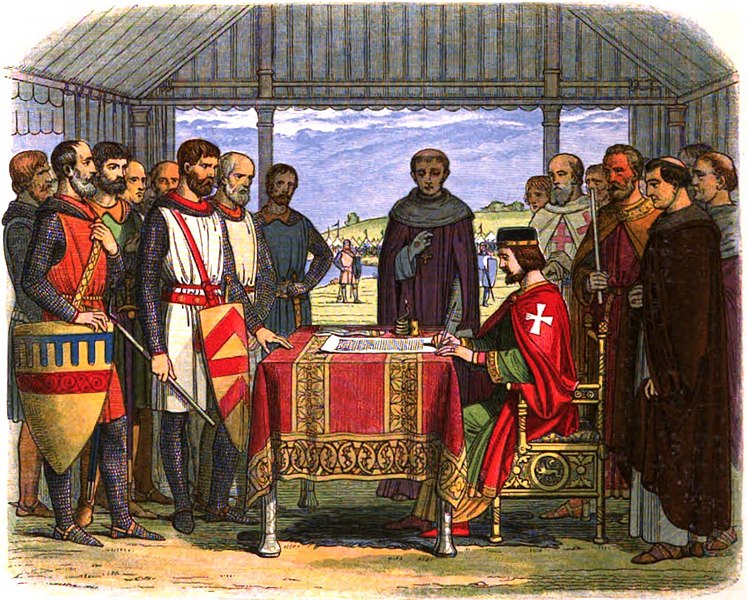
The Magna Carta, signed by King John of England, was a critical document that limited the powers of the monarchy for the first time. It established the principle that no one, not even the king, was above the law. While initially intended to protect barons, its influence expanded to form the basis for constitutional law. The Magna Carta inspired later democratic frameworks, such as the English Bill of Rights and the American Constitution. It laid the groundwork for modern concepts of justice and liberty. Over time, its legacy has shaped the foundation of representative government.
The Protestant Reformation (1517)
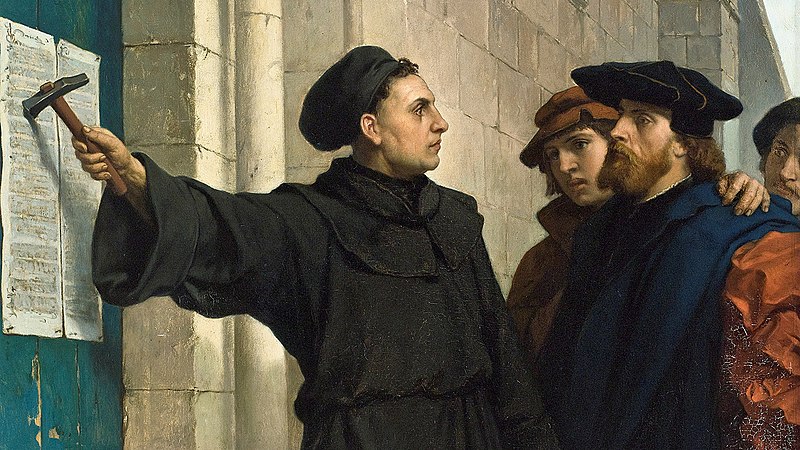
Martin Luther’s 95 Theses, nailed to the church door in 1517, triggered the Protestant Reformation, a religious movement that challenged the Roman Catholic Church’s authority. This event resulted in the fracturing of Western Christianity into Catholicism and Protestantism. The Reformation not only altered religious life but also had profound political and social consequences. It reduced the power of the church and increased the influence of nation-states. In turn, this contributed to the rise of individualism and the spread of literacy, as people sought to read the Bible in their languages. The Protestant work ethic became a cultural force shaping Western capitalism.
The Discovery of the Americas (1492)
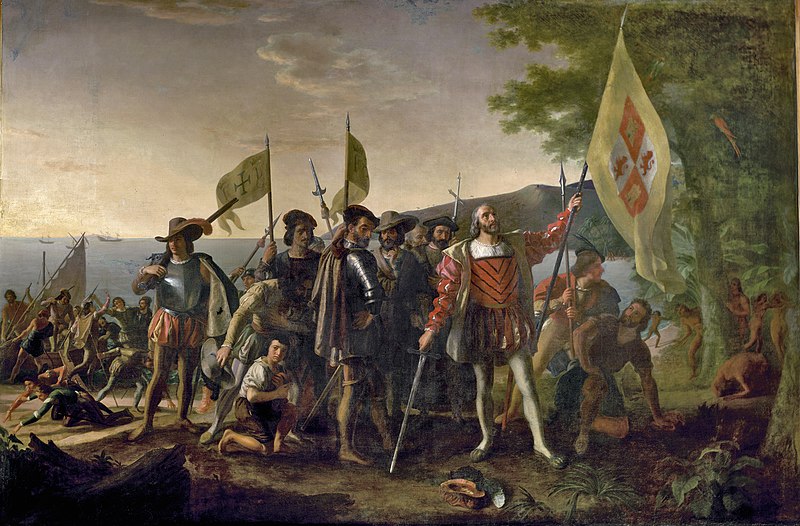
Christopher Columbus’ voyage to the Americas in 1492 opened up a New World to European powers. His journey marked the beginning of centuries of colonization, trade, and cultural exchanges between Europe and the Americas. The discovery of new resources, such as silver and gold, boosted European economies, particularly Spain’s. It also sparked widespread migration, leading to the displacement and suffering of indigenous populations. Over time, the fusion of European, African, and indigenous cultures gave rise to new societies across the Americas. The Columbian Exchange also introduced new crops and animals that reshaped global agriculture.
The Industrial Revolution (1760–1840)
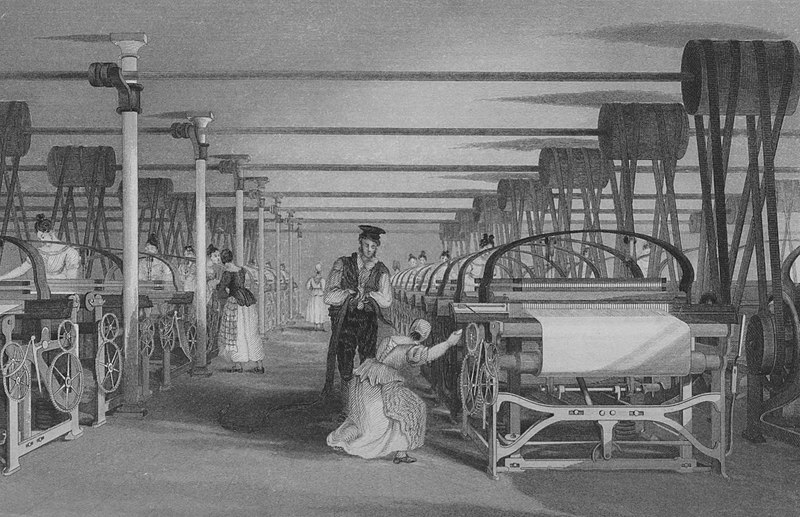
The Industrial Revolution transformed economies from agrarian-based systems to industrial powerhouses, beginning in Britain. With the introduction of machinery, such as the steam engine, production methods became faster and more efficient. Urbanization skyrocketed as people moved to cities for factory work, fundamentally changing social dynamics. The rise of industries led to the development of a middle class and a shift in labor relations. This era of innovation also spurred global trade and laid the foundation for modern capitalism. The Industrial Revolution’s impact continues to resonate, influencing everything from transportation to communication.
The American Revolution (1775–1783)
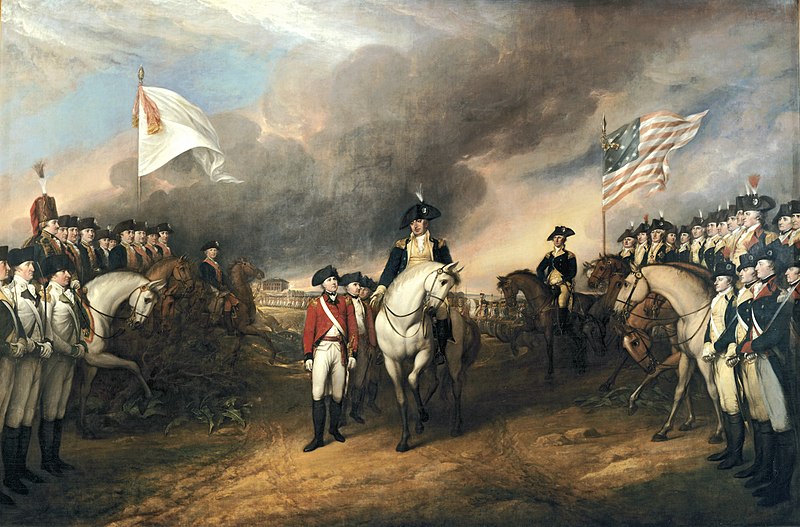
The American colonies’ fight for independence from Britain in the late 18th century was a landmark event in world history. It resulted in the establishment of the United States of America and the spread of Enlightenment ideals. The revolution was not just a war for independence but a movement that championed liberty, equality, and democratic governance. Influenced by thinkers like John Locke, the U.S. Constitution became a model for other nations seeking to establish democratic governments. The American Revolution also set the stage for future movements against colonial rule. It demonstrated that a government could be formed based on the consent of the governed.
The French Revolution (1789–1799)
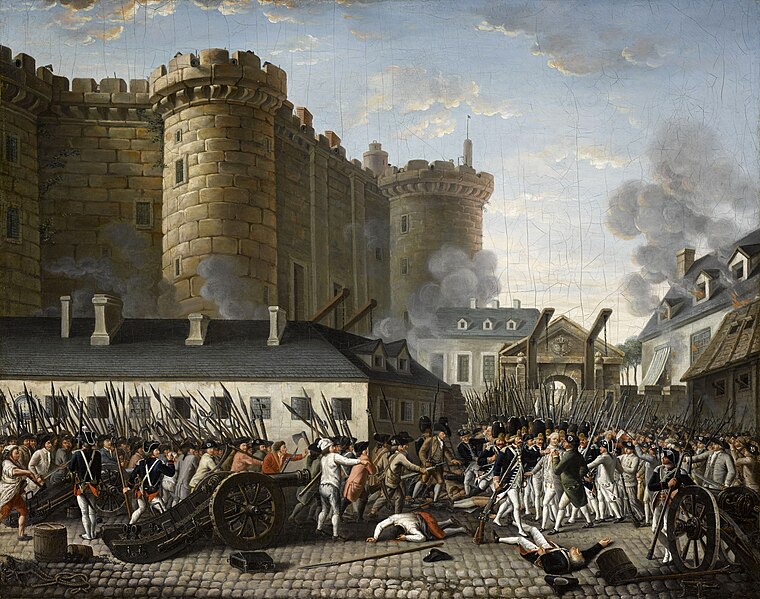
Sparked by financial crisis and widespread discontent, the French Revolution aimed to overthrow the monarchy and establish equality. It was a time of radical change, where the ideas of liberty, fraternity, and equality became central to the political discourse. The revolution ended centuries of feudal privilege and brought about the rise of Napoleon Bonaparte. Its influence extended far beyond France, inspiring other countries to challenge absolute monarchies. The French Revolution also laid the groundwork for modern political ideologies, including nationalism and socialism. Though violent and tumultuous, it reshaped Europe’s political landscape for generations.
The Abolition of Slavery (19th Century)

The abolition of slavery was one of the most significant humanitarian movements in history. Throughout the 19th century, activists across the world fought to end the brutal institution of slavery. Key figures like Frederick Douglass and William Wilberforce advocated for freedom and equality for all people. Their efforts culminated in legislative victories, such as the Emancipation Proclamation in the U.S. and the Slavery Abolition Act in Britain. The end of slavery, however, did not immediately end racial discrimination, and the effects of slavery’s legacy are still felt today. Nonetheless, the abolitionist movement significantly advanced human rights worldwide.
The Unification of Germany (1871)

Germany’s unification in 1871, under the leadership of Otto von Bismarck, reshaped the balance of power in Europe. Through a series of wars, particularly against Austria and France, Bismarck strategically brought together various German-speaking states. The creation of the German Empire altered the political landscape of Europe, positioning Germany as a major continental power. This unification also spurred economic growth, contributing to the Industrial Revolution’s spread across Europe. However, it created tensions with neighboring countries, eventually leading to World War I. The unified Germany would continue to play a pivotal role in 20th-century world events.
World War I (1914–1918)
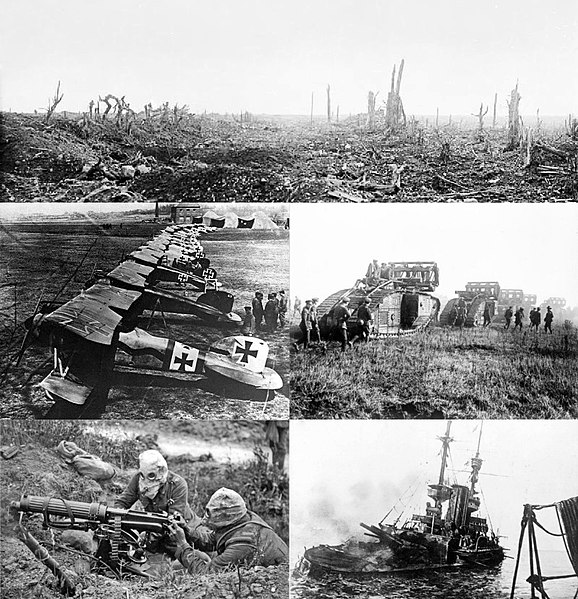
World War I, known as the Great War, was one of the deadliest conflicts in human history. Triggered by the assassination of Archduke Franz Ferdinand, the war involved many of the world’s great powers. It marked the first use of industrial warfare, including tanks, airplanes, and chemical weapons, drastically changing the nature of combat. The war ended with the Treaty of Versailles, which imposed heavy reparations on Germany. However, the unresolved tensions would eventually lead to World War II. The aftermath of WWI also saw the collapse of empires, including the Ottoman and Austro-Hungarian empires.
The Russian Revolution (1917)
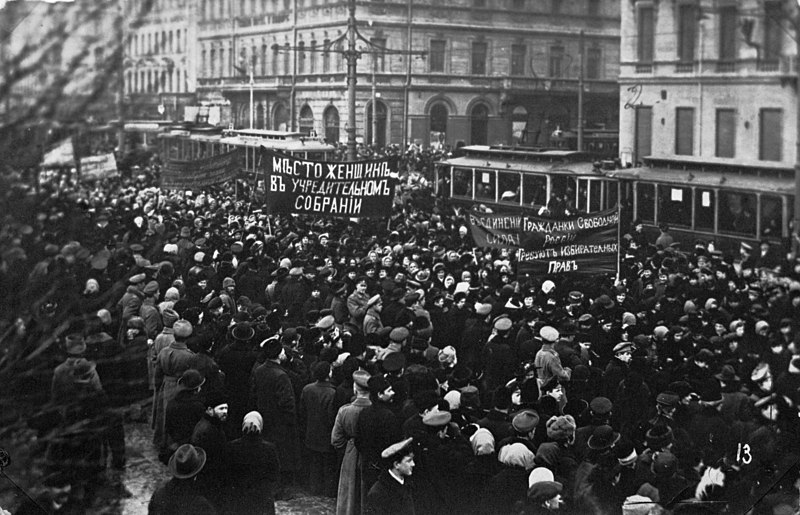
The Russian Revolution of 1917 led to the overthrow of the Romanov monarchy and the rise of the Soviet Union. The Bolsheviks, led by Vladimir Lenin, seized power during this period of political and social upheaval. It was a key moment in the spread of communism, with Russia becoming the world’s first communist state. The revolution significantly altered the global balance of power, especially during the 20th century. This new Soviet regime also influenced many socialist and communist movements around the world. Ultimately, the revolution set the stage for decades of Cold War tensions between the Soviet Union and the West.
The Great Depression (1929)
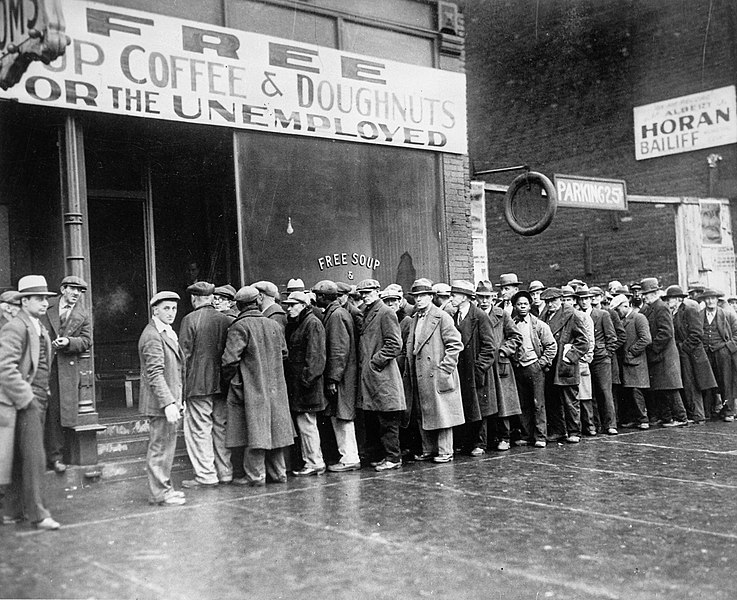
The Great Depression was the worst economic downturn in modern history, beginning with the U.S. stock market crash in 1929. It led to widespread unemployment, poverty, and economic hardship, not only in the U.S. but across the globe. The crisis fundamentally changed how governments interacted with economies, leading to increased regulation and intervention. Franklin D. Roosevelt’s New Deal programs helped mitigate some of the effects, setting a precedent for social safety nets. International trade plummeted, and many economies shrank dramatically during this period. The economic instability also contributed to the rise of authoritarian regimes, including Adolf Hitler’s in Germany.
World War II (1939–1945)
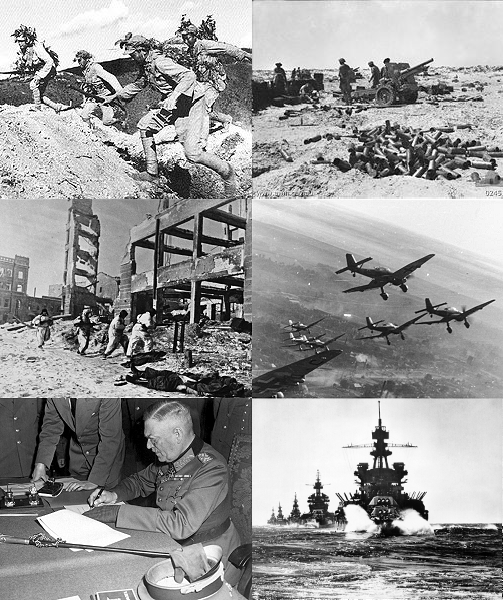
World War II was the largest and most destructive conflict in history, involving nearly every nation across the globe. It was fought between the Axis powers, led by Nazi Germany, and the Allied forces, which included the U.S., Soviet Union, and Britain. The war resulted in the deaths of millions and the widespread devastation of entire cities and nations. The Holocaust, a systematic genocide of six million Jews, remains one of the most horrific aspects of the war. World War II ended with the Allied victory, leading to the establishment of the United Nations and a new world order. The conflict reshaped international borders, political alliances, and set the stage for the Cold War.
The Creation of the United Nations (1945)
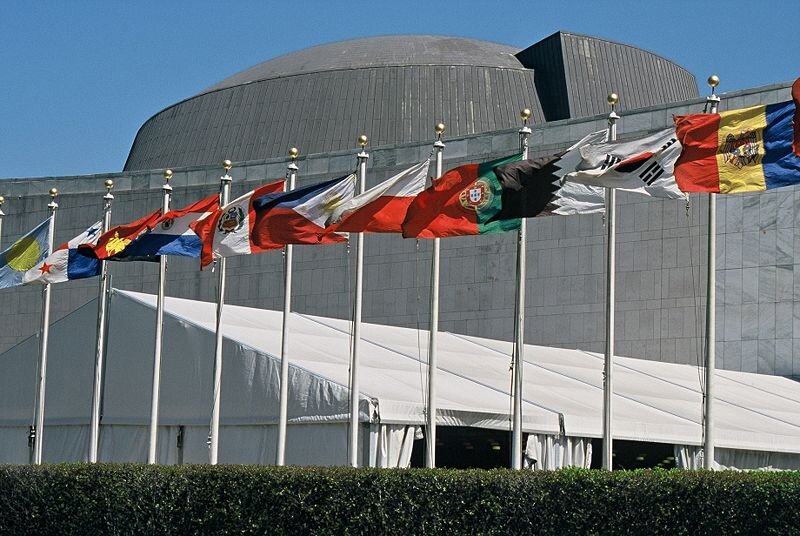
In the aftermath of World War II, the United Nations was established with the aim of promoting international peace and cooperation. It replaced the failed League of Nations and sought to prevent future global conflicts through diplomacy and collective action. The U.N. became a platform for dialogue between countries and introduced international laws regarding human rights, labor, and environmental issues. Over time, it evolved into a key player in global peacekeeping, humanitarian aid, and development efforts. Its formation marked a commitment to global governance in an increasingly interconnected world. Today, the U.N. continues to play a crucial role in addressing international crises and fostering cooperation among nations.
The Partition of India (1947)
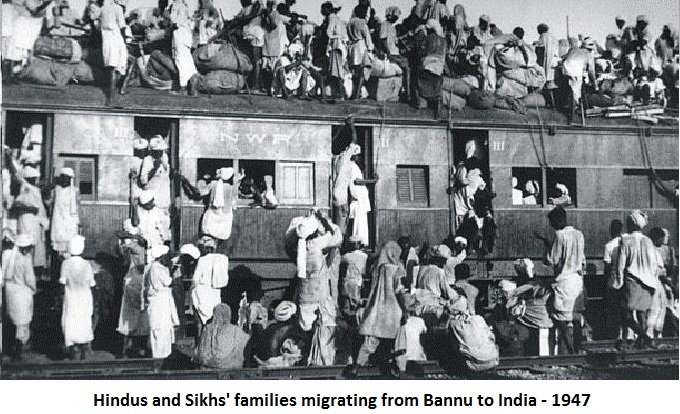
The partition of India in 1947, which led to the creation of two separate nations, India and Pakistan, was a defining moment in South Asian history. It followed decades of nationalist movements and was part of Britain’s decolonization process after World War II. The partition was marked by immense violence, mass migrations, and deep religious divisions between Hindus and Muslims. It displaced millions of people and left a legacy of conflict between the two countries, especially over the Kashmir region. Despite its violent aftermath, the partition also gave birth to the world’s largest democracy. This event continues to influence the geopolitics of the region today.
The Civil Rights Movement (1950s–1960s)
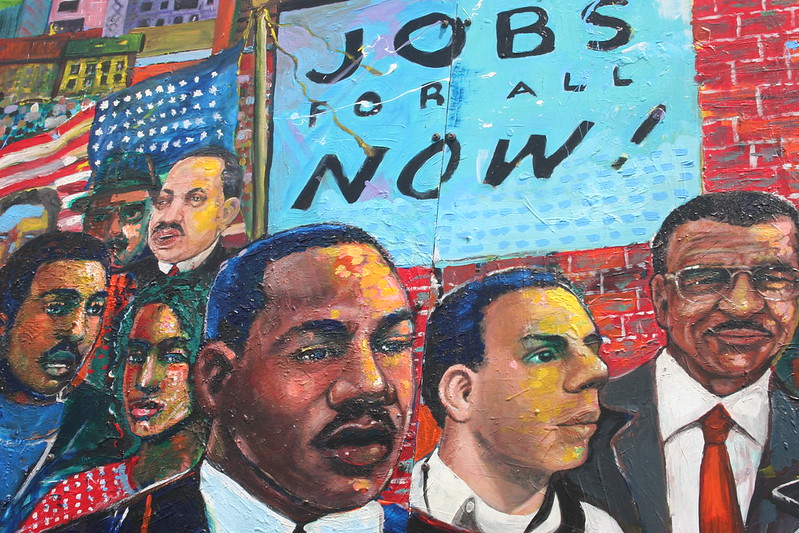
The Civil Rights Movement in the United States was a powerful campaign for racial equality, primarily aimed at ending segregation and discrimination against African Americans. Led by figures like Martin Luther King Jr. and Rosa Parks, it relied on nonviolent protests and civil disobedience to challenge unjust laws. Landmark legislation such as the Civil Rights Act of 1964 and the Voting Rights Act of 1965 were major victories. The movement reshaped American society, dismantling legal segregation and advancing civil liberties for all. It also inspired other social justice movements globally, advocating for equal rights and justice. The Civil Rights Movement remains a critical reference point in ongoing struggles for racial equality.
The Fall of the Berlin Wall (1989)
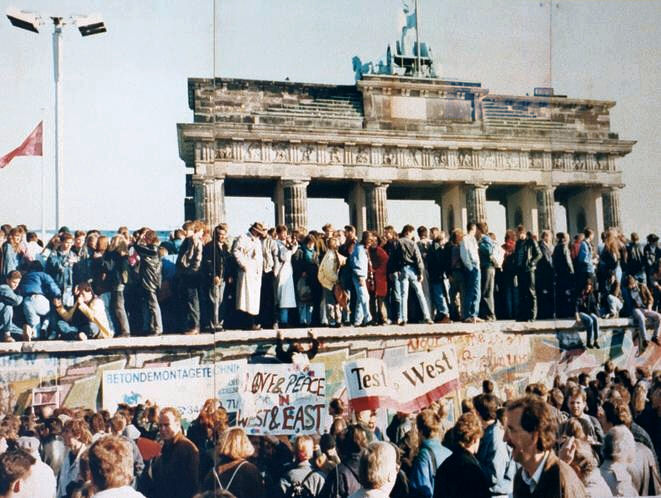
The fall of the Berlin Wall in 1989 marked the symbolic end of the Cold War and the division between Eastern and Western Europe. Built in 1961, the wall had separated East Berlin, under communist control, from West Berlin, which was aligned with the West. Its collapse was driven by mounting public protests and political changes in Eastern Europe, particularly within the Soviet Union. This momentous event paved the way for German reunification and the broader collapse of communist regimes across Eastern Europe. The fall of the wall signaled the triumph of democracy over authoritarianism in Europe. It also marked a major turning point in the global political order, ushering in a new era of international relations.
The September 11 Attacks (2001)

The terrorist attacks on September 11, 2001, when planes were hijacked and flown into the World Trade Center and the Pentagon, dramatically altered global security and politics. The attacks, carried out by the extremist group Al-Qaeda, killed nearly 3,000 people and shocked the world. In response, the U.S. launched the War on Terror, leading to military interventions in Afghanistan and Iraq. The attacks also led to significant changes in global counterterrorism policies, as well as heightened security measures in many countries. They fundamentally changed the perception of global terrorism and led to a more interconnected approach to national and international security. The legacy of 9/11 continues to influence geopolitics and international relations.
The COVID-19 Pandemic (2019–2021)

The COVID-19 pandemic, caused by the novel coronavirus, brought the world to a standstill in early 2020. Originating in Wuhan, China, the virus quickly spread globally, resulting in widespread illness, millions of deaths, and economic turmoil. Governments implemented unprecedented lockdowns, social distancing measures, and travel restrictions to curb its spread. The pandemic exposed vulnerabilities in healthcare systems and led to innovations in vaccine development, including the rapid production of mRNA vaccines. It also accelerated digital transformations as remote work and virtual communication became commonplace. The effects of the pandemic continue to be felt across societies, economies, and healthcare systems.
This article originally appeared on Rarest.org.
More From Rarest.Org
Many stunning flowers around the world are on the verge of disappearing forever. These endangered blooms face threats like habitat destruction, climate change, and human activities. Read more.
Isolated islands and remote habitats are home to some of the world’s most unique reptiles. These rare creatures have adapted to their surroundings in fascinating ways, often developing features found nowhere else. Read more.
The ocean is home to some of the most breathtaking creatures on the planet, many of which captivate with their vibrant and unforgettable colors. These marine animals are not only visually stunning but often use their dazzling hues for camouflage, communication, or protection. Read more.



